10 Benefits of using Synthetic Paper for Restaurant Menus
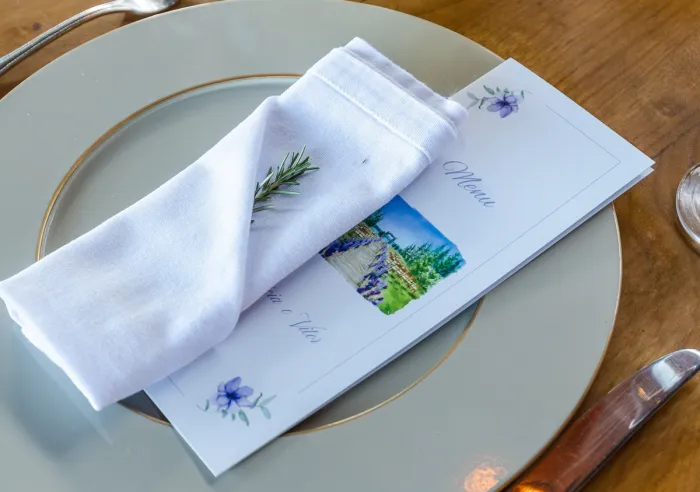
estimated reading time: 3 minutes
First of all, what is Synthetic paper?
Synthetic Paper refers to a class of printable
substrates that are manufactured from polymer-based resins, such as polypropylene
or polyethylene. Developed as a more durable alternative to the cellulose-based
paper made from trees, synthetic paper is quickly becoming the preferred
substrate for a variety of applications.
One particular application where synthetic paper has seen
tremendous growth is Menus for restaurants and bars. In fact, synthetic paper has been a real game-changer for printed
menus. It has the appearance and print characteristics of a traditional
high-quality paper. But, because it is a plastic-like material, it is far
superior to wood-pulp paper in almost every way.
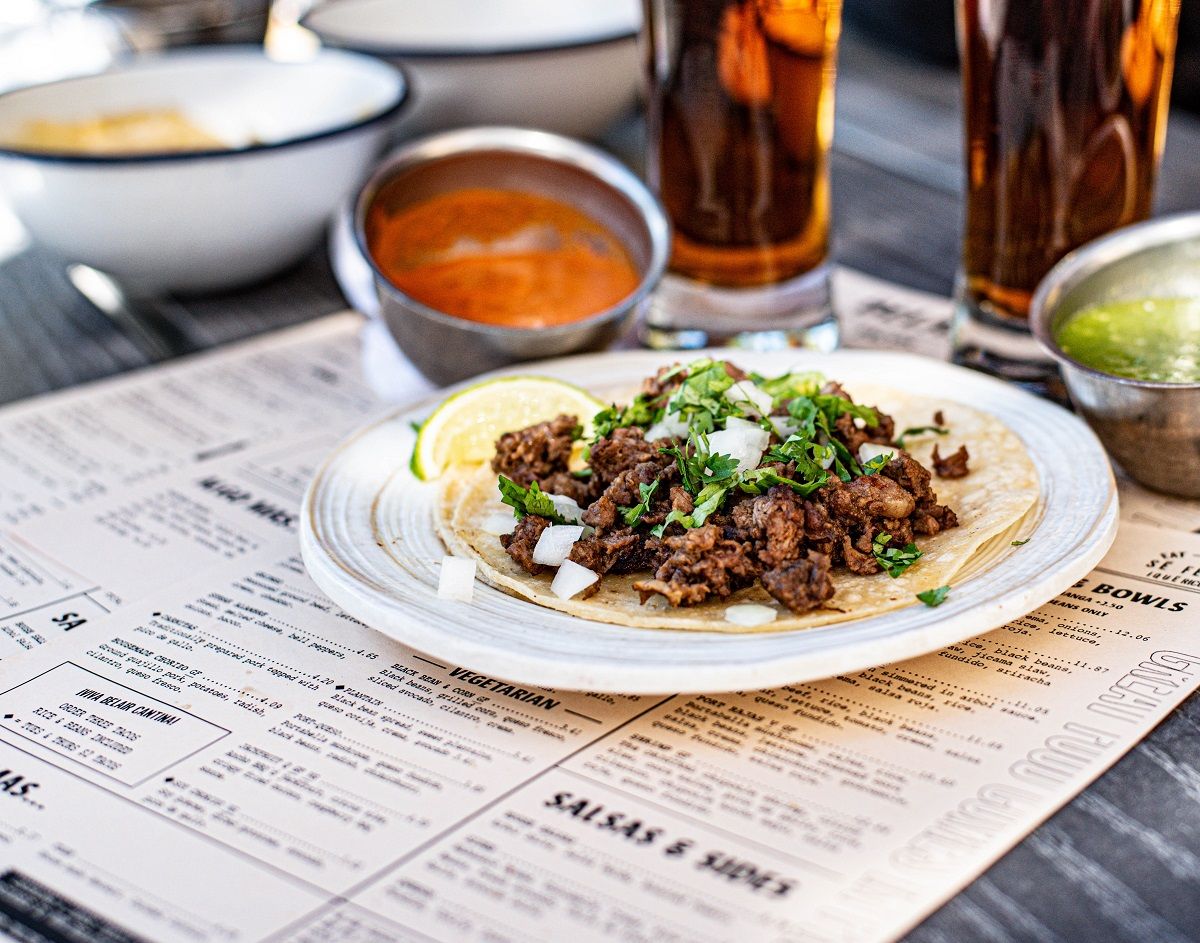
Here are 10 Benefits of using Synthetic Paper for Printed Menus…
1. Completely Waterproof
Spills are a frequent occurrence at
restaurants and bars. Whether its water, soda, coffee, juice, alcohol or some
other liquid, there are always going to be spills, splashes, and splatters. Unlike traditional
paper which readily absorbs moisture, synthetic paper is impervious to water
and most other liquids.
2. Resistant to Rips and Tears
Due to the consistent molecular
structure of synthetic paper, it is much stronger and more resilient than paper
made from natural fibers. Hence, synthetic paper cannot be easily torn or
ripped apart.
3. Will not Soak up Grease or Oils
Traditional paper will
absorb greasy or oily substances and become permanently stained and unsightly.
However, the slick plastic-like surface of synthetic paper is non-absorbent, so
it resists penetrating stains from oil or grease.
4. Incredibly Durable
Menus are subject to repeated handling by
servers and guests alike, so traditional paper menus can quickly become
scuffed, dog-eared, and worn. However, the density and toughness of synthetic paper helps
it withstand frequent handling and rough treatment.
5. Sleek, Non-Glare Appearance
Most synthetic papers have a
bright white color and a matte finish. The bright white color provides an excellent base for printed inks. The matte finish minimizes glare and reflection,
helping to ensure the printing on the menu is easy to read.
6. High-Quality Feel
Despite being a man-made, polymer-based
substance, synthetic paper doesn't feel like plastic. Instead, it feels like thick,
premium quality paper. Synthetic paper also offers high opacity and a pleasingly smooth texture.
7. Easy to Clean
Stained menus can reflect negatively on an
otherwise pristine brand image. Fortunately, the washable surface of
synthetic paper allows menus to be easily wiped or rinsed clean. Menus made
from synthetic paper can also be disinfected regularly.
8. Excellent Print Quality
Synthetic paper isn't porous, so ink
applications will not seep or spread. This maintains a high level of detail for
the printed text and images. In turn, the improved sharpness enhances the appearance and
readability of the menu's content.
9. Cost Effective
Because synthetic paper is much more
durable than traditional paper, it increases the lifespan of the menu. Being
able to maintain a professional appearance for a longer period of time means the
menus won't have to be reordered as often.
10. Eco-Friendly
Synthetic paper does not use organic fibers or
wood-pulp, so no trees are cut down to produce it. Also, because menus and other
products made from synthetic paper last longer, they do not need to be
replaced as often. In addition, synthetic paper is completely recyclable for
use in new applications.
Synthetic Paper is the Perfect Choice for Restaurant and Bar Menus
If you would like to experience all the benefits of synthetic paper on your next order of printed menus, be sure get in touch with Color Vision Printing.
Whatever style of restaurant or bar menu you might need - flat, bi-folded, tri-folded, bound like a booklet or some other
configuration - we can produce it using durable and long-lasting synthetic
paper.
Just give us a call at 800-543-6299 if you have any questions or want to discuss an upcoming project. Or, if you already know your specifications and are looking for a price quote, simply fill out our easy Quote Request form and we will be happy to email a quote to you.
We hope to hear from you soon and look forward to assisting with your next custom menu project!
Related Articles
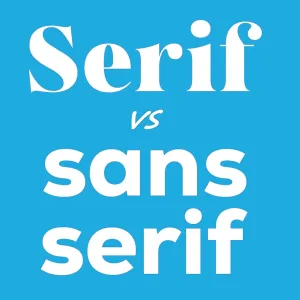
Serif vs Sans Serif Fonts: Which to use for a Print Project?
Read This Article

7 Interesting Facts you might not know about Offset Printing
Read This Article
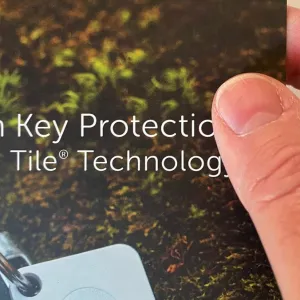
Print Marketing: Exploring the Allure of a Soft Touch Finish
Read This Article
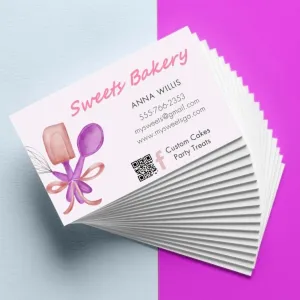
Business Card Printing: 5 Common Mistakes to Avoid
Read This Article